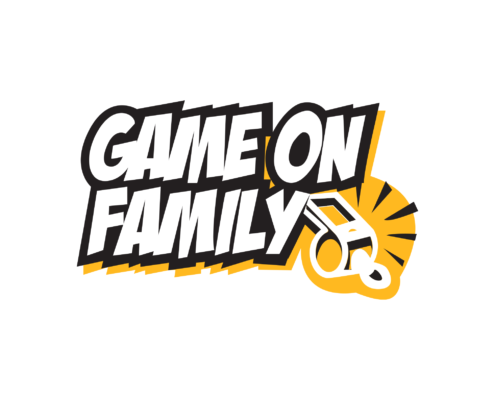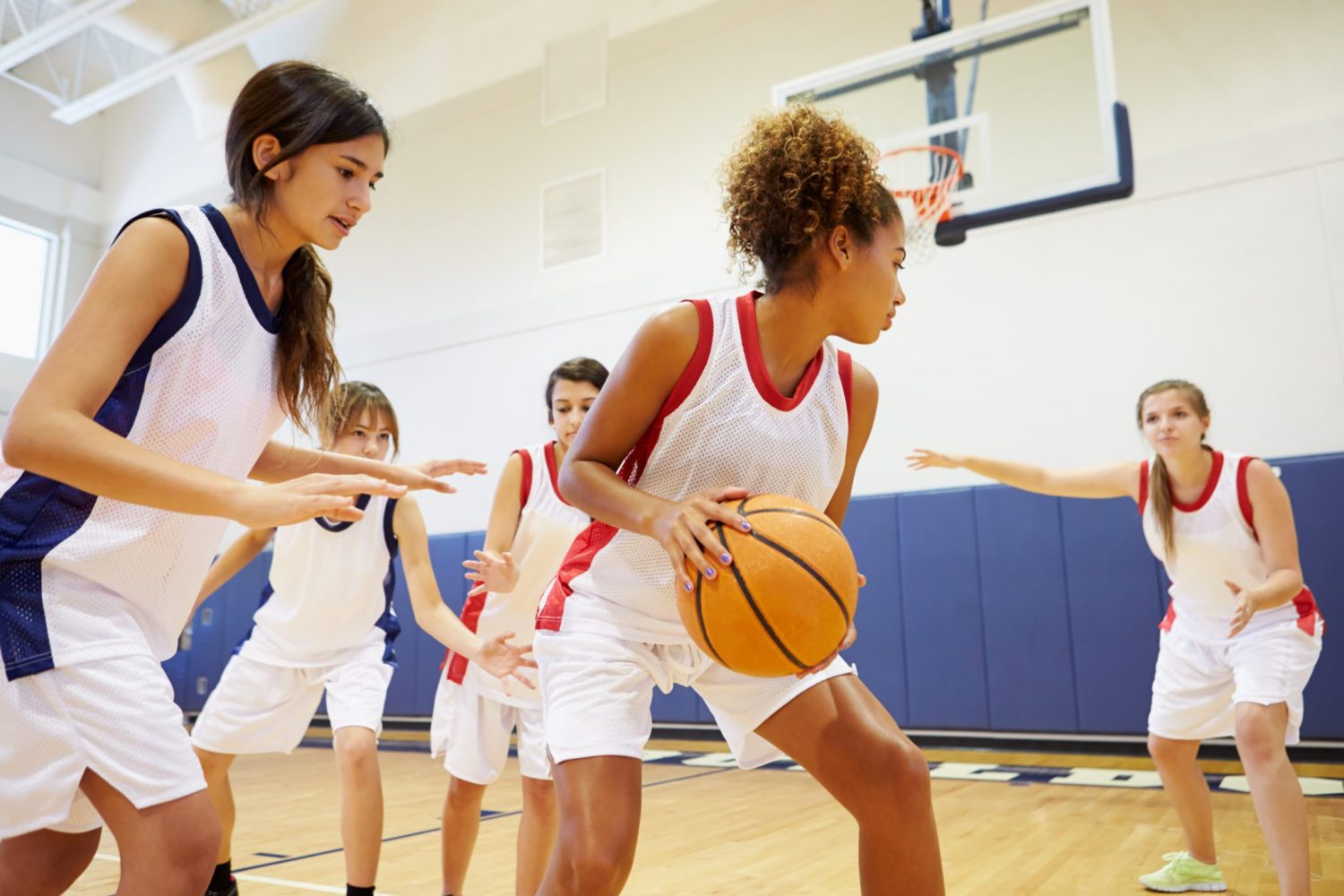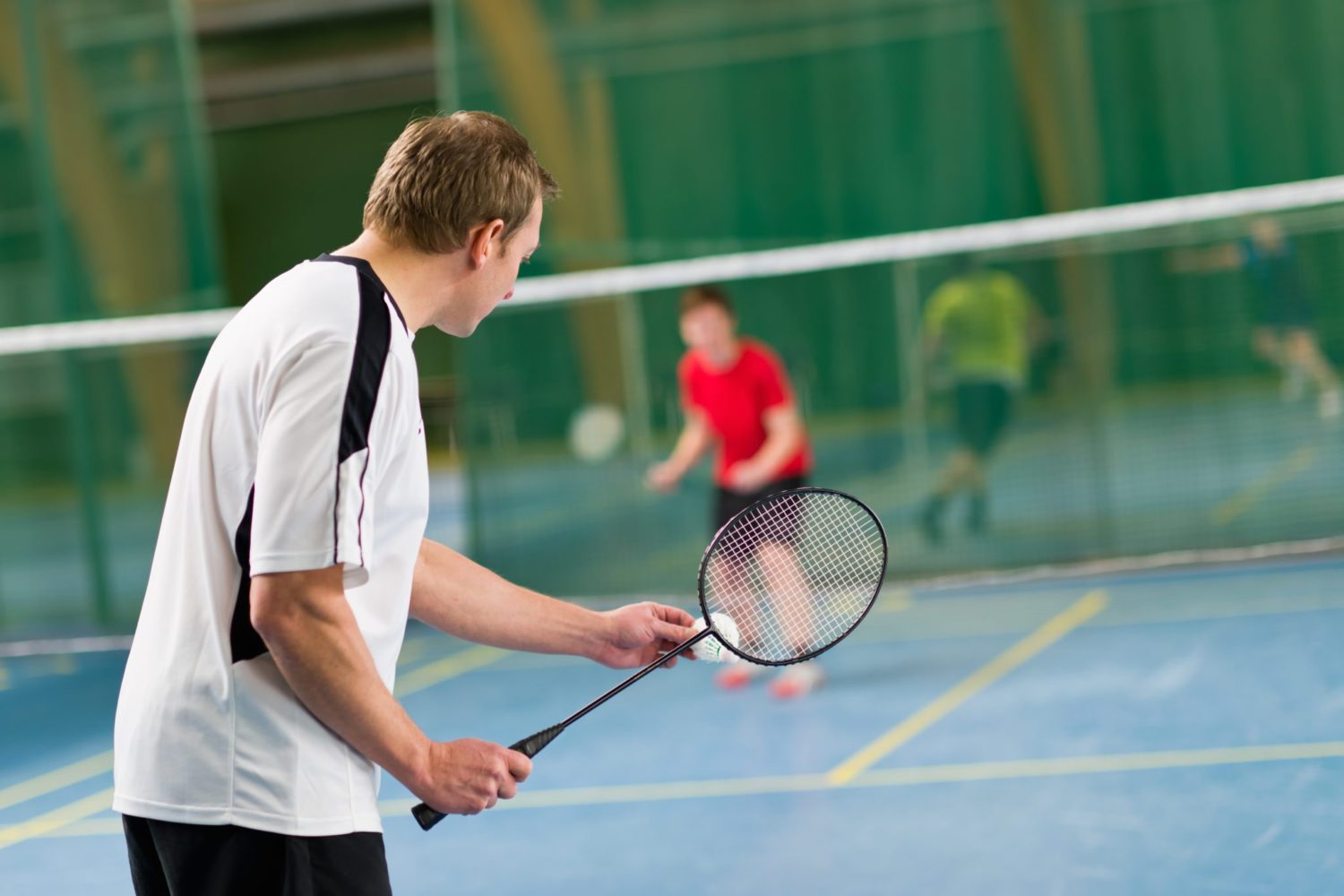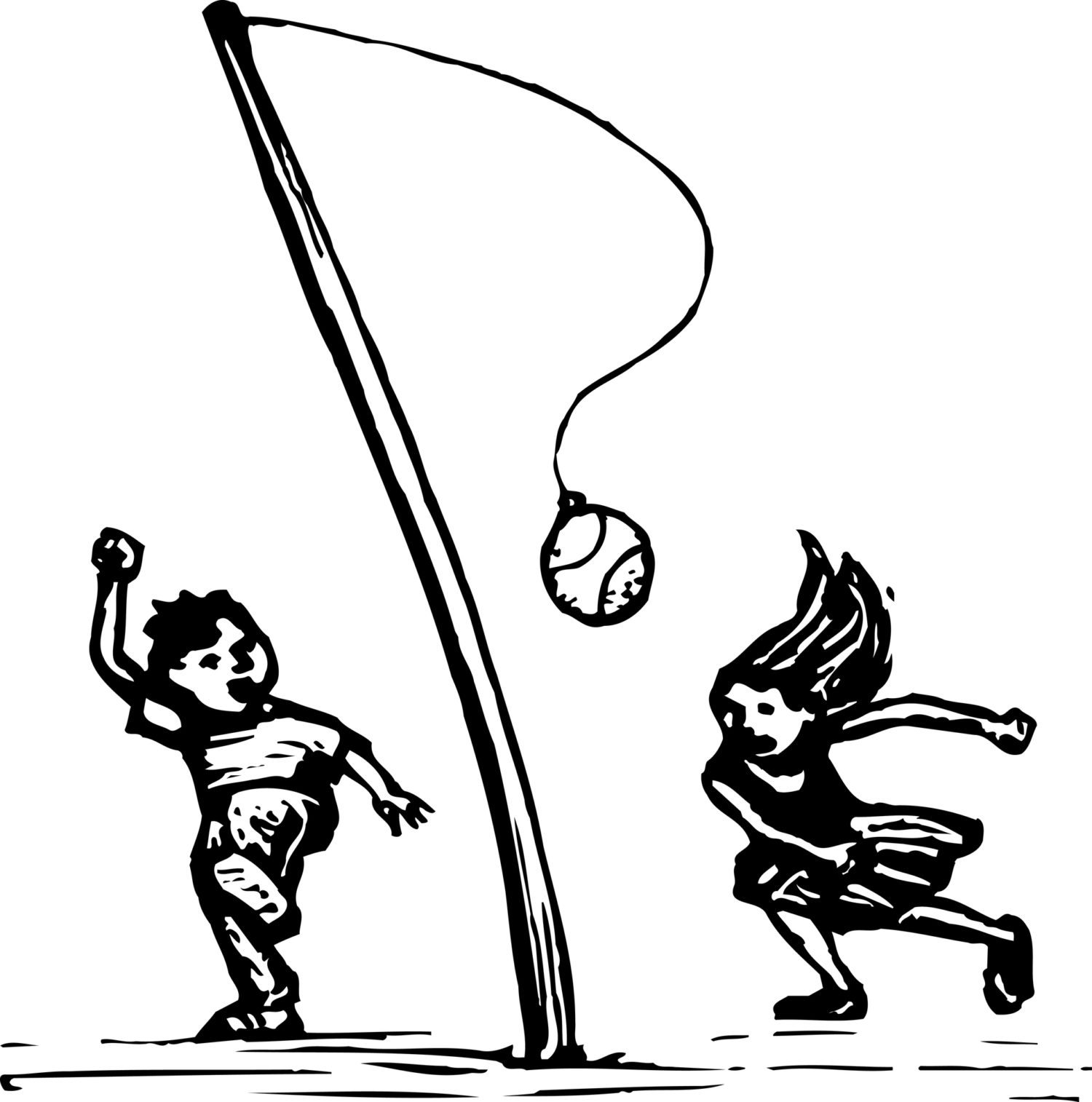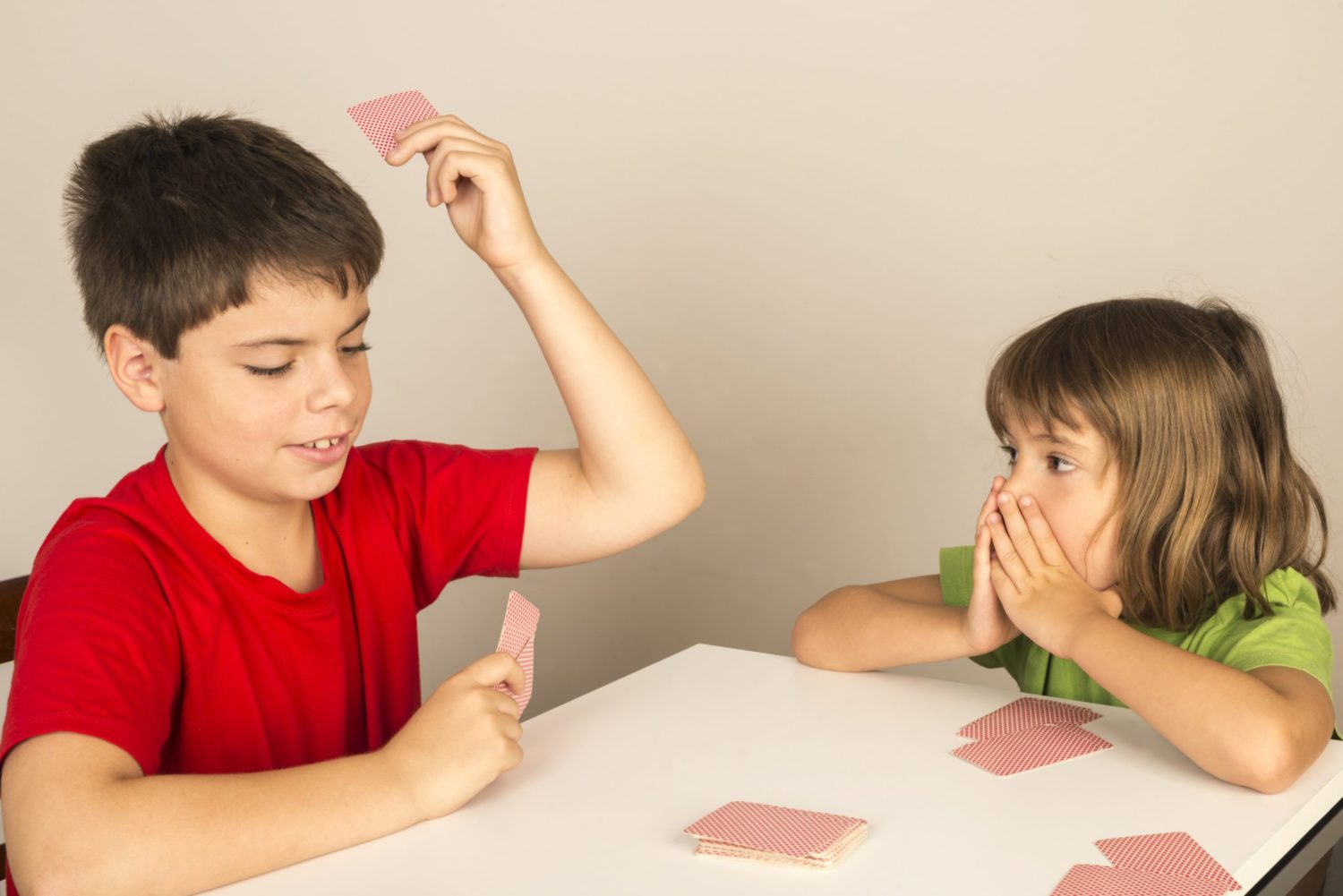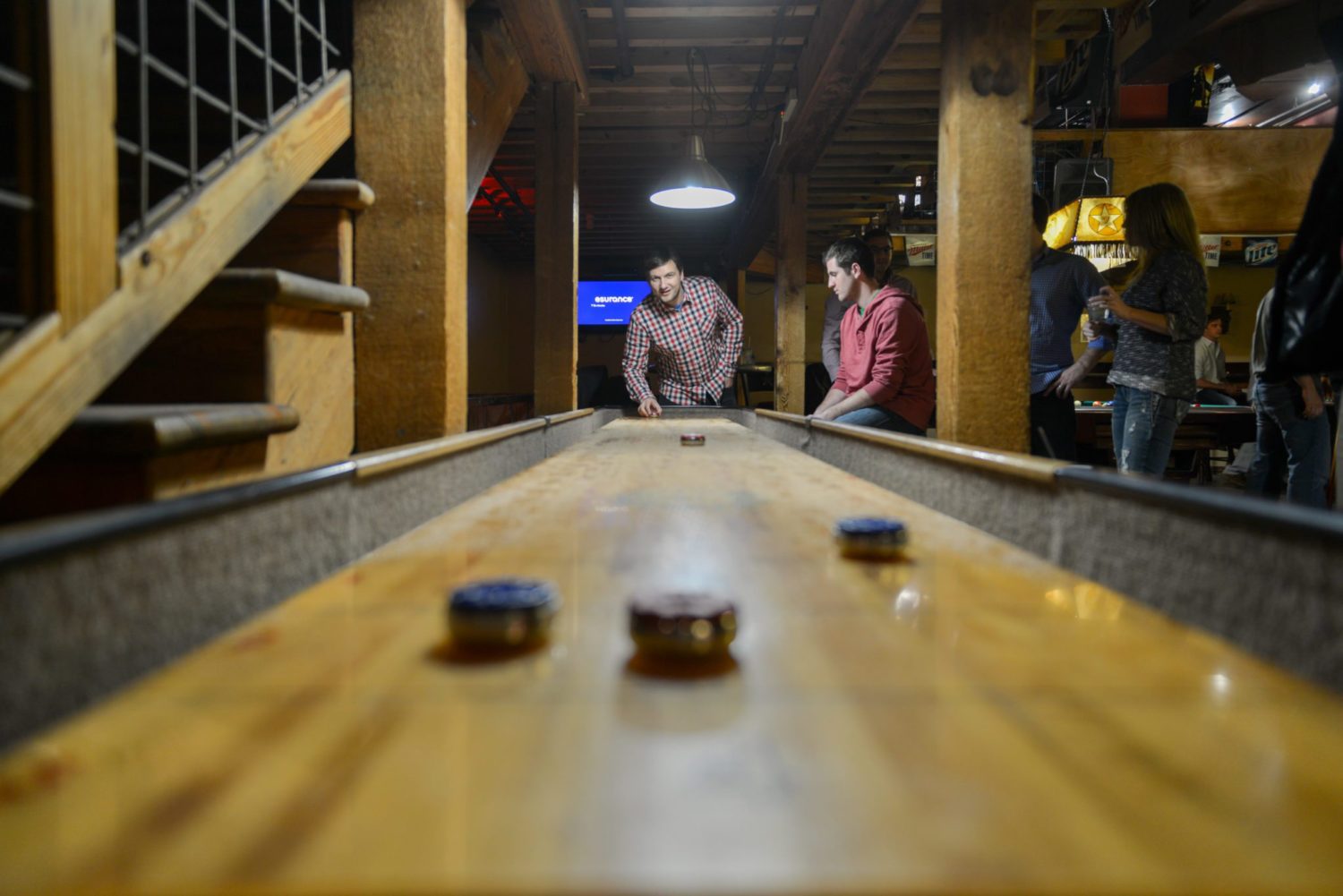How to Play Basketball
Basketball History
In the winter of 1891 at Springfield College in Massachusetts, Dr. James Naismith invented an indoor sport to keep students active when it was too cold to play outside. Originally played between elevated peach baskets placed on opposite ends of a court, basketball has evolved to become one of the most popular sports in the United States.
Object of the Game
The object of basketball is to outscore the opposition (2 teams total) by putting the ball through the opponent’s basketball goal hoop. 5 players from each team are on the court at a time. The team with the ball is the “offense” trying to score a goal while the other team is the “defense”. Teams move the basketball across the court using only their hands to dribble and pass the ball to teammates.
Equipment
A rectangular basketball court split in the middle by the halfline or mid-court line, 2 basketball goals (1 located at each end or court), and a leather or nylon basketball. Youth balls and women’s balls are slightly smaller than the standard men’s ball. Players wear a uniform that consists of a shirt and shorts of the team color and supportive shoes.
Basketball Video Tutorial
Basketball Basics: The Essentials
Game Length
Games are divided into quarters or halves, with a total game time ranging from 32 to 48 minutes, depending on the level. Time is managed by a game clock. Additionally, a shot clock, ranging from 24 to 35 seconds, counts down the time the offense has to shoot the ball during each possession. An overtime period is played if a game is tied at the end of regulation time. Additional overtime periods are played, as needed, to determine a winner.
Start of the game
The game begins at center court with a tip-off, in which one player from each team, usually the tallest, attempts to tap the ball to a teammate. The team that takes possession of the ball is on offense.
Offense and Defense
Offense:
Basketball is played at a quick tempo between two goals at opposite ends of the court. Teams design and select plays created out of 10 general formations, and strategies are determined by coaches’ preference and the players’ skills. The offense seeks to score points by shooting the ball through the basket before the shot clock expires. Shots taken near the basket generally have the highest success rate; therefore, players look to drive towards the basket and make a lay-up, or pass the ball to an open player to take a jump-shot. Players cannot advance the ball without dribbling or passing it to a teammate. Players who move while holding the ball are called for traveling, which results in a turnover.
Defense:
Defenses usually employ one of two basic strategies: man-to-man defense or zone defense. In a man-to-man defense, each defender guards one member of the offense who usually plays the same position. In a zone defense, defenders guard specific areas of the court instead of covering a single opponent. In both strategies, the defense attempts to regain possession of the ball in three main ways. The defense can steal the ball, disrupt the offense so that no shot is taken and the shot clock expires, or force a difficult shot and rebound the basketball after a missed shot. In addition, the defense takes possession when the opposition loses the ball out of bounds, and when an offensive player commits a foul or violation.
Scoring
Points are accumulated in three ways:
- Free-Throw: (one point) An unguarded shot from the free throw line awarded after certain fouls.
- Field Goal: (two points) A shot that passes over and through the basket from within the three-point line. This is the most common type of scoring.
- Three-Pointer: (three points) A shot from beyond the three-point line that passes over and through the basket.
Basketball Fouls
Common Referee Signals
Referees govern play and call fouls against players by blowing a whistle and gesturing to signal the type of foul. Most fouls are personal fouls called on the defense for illegally contacting an opposing player. Examples of personal fouls are pushing, tripping, holding, blocking, or contacting an offensive player with the body. Players are excluded from the game after committing five personal fouls and are said to have “fouled out.” Additionally, each personal foul counts towards a team foul. Teams are allotted a specified number of team fouls, usually six, before free-throws are awarded for non-shooting fouls, starting with one-and-one. Fouls committed while an offensive player is shooting the ball are called shooting fouls. Shooting fouls result in two free-throws for fouls during a field goal attempt, and three free-throws if the player is shooting a three-pointer. If the player is fouled during a shot and the shot goes in, the points count and the player is awarded one free-throw.
Although less frequent, personal fouls can also be called on the offense. Personal fouls on offensive players are most often called for charging, pushing off of an opponent, or setting illegal screens. More often, offensive players are called for violations, such as traveling, double dribble, carry over, shot clock violations, or three second violations, which result in a turnover.
Another type of foul, called a technical foul, can be called on a player or coach for unsportsmanlike conduct and results in the opponent receiving two free-throws and possession of the ball. Anyone who commits two technical fouls is excluded from the game.
Basketball Court Diagram and Positions
Field of Play
Basketball court dimensions vary slightly by level. However, all basketball courts have similar features:
Mid-court line: The offense has 10 seconds to advance the ball past the mid-court line and, once past it, commits a backcourt violation if it fails to keep the ball in the frontcourt.
Frontcourt: The half court area where the offense accumulates points.
Backcourt: The half court area where a team defends its basket.
Baseline: Line that defines out-of-bounds at either end of the court under each basket.
Sideline: The boundary marking out-of-bounds on each side of the court.
Key: Rectangular area that spans from the free throw line to the baseline. Also called the lane. A three-second violation is called if an offensive player stays in the key for three seconds or more.
Free-throw line: The line from which a free throw is taken following certain fouls.
Three point line: An arc-shaped line about 20 feet from the basket (varies by level) behind which shots are worth three points.
Basket: To score, the ball must pass over and through an 18-inch iron circle that is mounted 10 feet off the ground to a wood or glass rectangular backboard. A net hangs below the basket to help determine when a shot is scored.
Positions
Two teams of five players each are on the court at all times, and everyone plays both offense and defense. Players are usually assigned to a unique position. However, any lineup is acceptable, and these specific roles do not have to be filled at all times.
![]() Center: Usually the tallest player. Position demands a lot of physical contact. On offense, receives ball and shoots close to the basket. Serves as the last line of defense, blocking opponents’ shots and rebounding their misses.
Center: Usually the tallest player. Position demands a lot of physical contact. On offense, receives ball and shoots close to the basket. Serves as the last line of defense, blocking opponents’ shots and rebounding their misses.
![]() Power forward: Tall player who relies on strength and toughness to control activity in the lane. Frequently rebounds, especially on defense. Has a decent shot from short-range and scores many points by rebounding missed shots and quickly shooting them.
Power forward: Tall player who relies on strength and toughness to control activity in the lane. Frequently rebounds, especially on defense. Has a decent shot from short-range and scores many points by rebounding missed shots and quickly shooting them.
![]() Small forward: Versatile and very athletic player. Aggressively attacks the defense by driving and cutting towards the basket, but also has a consistent outside shot.
Small forward: Versatile and very athletic player. Aggressively attacks the defense by driving and cutting towards the basket, but also has a consistent outside shot.
![]() Shooting guard: A tenacious defender with an aptitude for stealing the ball. On offense, serves as the secondary ball handler and sharpshooter. Has the ability to convert shots from three-point range.
Shooting guard: A tenacious defender with an aptitude for stealing the ball. On offense, serves as the secondary ball handler and sharpshooter. Has the ability to convert shots from three-point range.
![]() Point guard: Leader of offense who uses superb passing and dribbling skills to set up teammates for open shots. Has a reliable jump shot and ability to break down a defense by driving into the lane.
Point guard: Leader of offense who uses superb passing and dribbling skills to set up teammates for open shots. Has a reliable jump shot and ability to break down a defense by driving into the lane.
Basketball Glossary and Terms
- Air ball: A badly missed shot that fails to hit the rim or backboard.
- Alley-oop: A pass that is received in mid-air and dunked or laid-up before the player touches the ground.
- Assist: A pass that, once received, is immediately shot and scored. Awarded to the player who passes the ball.
- Bank shot: A shot that bounces off the backboard and lands in the basket.
- Blocked shot: A shot that a defender prevents from scoring by deflecting the ball.
- Blocking: Penalty on a defender for stepping in front of an offensive player to impede progress.
- Carry over: Violation called when a player moves his hand under the ball and scoops it while dribbling.
- Charging: Foul called when an offensive player runs over a defender who has established position. Results in a turnover and one personal foul.
- Double dribble: A violation when a player uses both hands to dribble or stops dribbling and begins to dribble again.
- Double team: A strategy in which two defenders guard one offensive player simultaneously.
- Dribble: To advance with the ball by using one hand to bounce it off the court.
- Drive: To cut, with or without the ball, towards the basket.
- Dunk: Shot slammed through the basket from above the rim.
- Fake: An offensive player uses any part of the body, including the eyes, to deceive a defender. Pretending to shoot is called a pump fake.
- Fast break: Quick transition from defense to offense, in which players race to the frontcourt to score before the defense can organize.
- Goaltending: When a defender blocks a shot that is descending toward the basket or if the ball is touched directly above the rim. Results in two points for the offense.
- Jump ball: When possession is unclear, the referee tosses ball in the air and one player on each team jumps and attempts to tip it toward a teammate.
- Jump shot: A shot in which the player jumps and is in mid-air when he releases the ball.
- Lay-up: An easy, one-handed shot near the basket that bounces off the backboard and into the basket.
- One-and-one: A series of free-throws in which the second free-throw attempt is awarded only if the first is made.
- Press: Strategy in which the defense pressures the offense to make mistakes by guarding players closely. Often executed as a “half-court” or “full-court” press.
- Rebound: Move in which a player catches the ball, often in mid-air, after a missed shot.
- Screen: Move in which a player positions his body to impede a defender and free a teammate. Also called a pick.
- Steal: To take possession of the ball from an offensive player who is holding, dribbling, or passing the ball.
- Timeout: Teams can stop play several times per half when they have possession of the ball to strategize before resuming play.
- Tip-off: A jump ball that is used to start the game.
- Traveling: Violation for two or more steps without dribbling the ball.
- Turnover: When possession of the ball changes, other than a rebound or following a scored point. Turnovers include: traveling, stolen ball, charging, etc.
